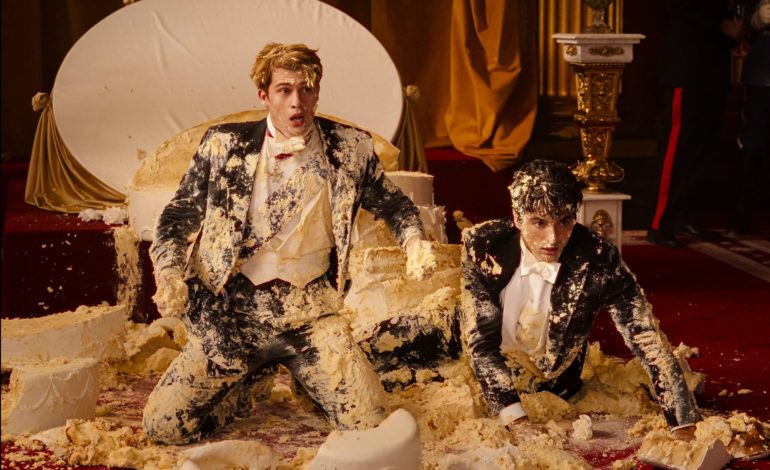

Are you a “the book was better” or an “I’ve only seen the movie” kind of person? Book-to-film adaptations have always been a point of scrutiny in communities of diehard fans that see the source material as no less precious than their own child. Such is the case particularly for books that represent minority populations. A novel or webtoon might be the first time a person sees themselves represented in popular culture, be it race, nationality, or sexual orientation. Recently, the United States has witnessed an increased interest in queer literature in the past few years, showing steadily climbing rates of book sales, thus urging publishers to invest in authors writing stories related to LGBTQ+ themes. This can be seen as a reflection of generational attitudes towards the queer community, with Gen Z being thus far the most openly queer generation. Catering to this new generation, queer media has risen to the occasion with hit films, books, and TV shows featuring LGBTQ+ themes and characters. One such book is Casey McQuiston’s best selling 2019 debut novel, Red, White & Royal Blue. A warning, there will be spoilers for both the Red, White & Royal Blue book and film in this article.
While queer literature has been on the rise for the past ten to fifteen years, Red, White & Royal Blue ushered in a new wave of interest in the genre. McQuiston has been praised highly for their depiction of queer relationships and the character development they are able to portray in Red, White & Royal Blue and their two other books; One Last Stop (2021) and I Kissed Shara Wheeler (2022). From its publication, Red, White & Royal Blue has acquired a massive fanbase, partially due to releasing right before COVID-19, a time when most people had little more to do than read and talk about media online. In the same year that it was published, Amazon Studios announced that they would be working on the film adaptation, but it wasn’t until 2021 that Matthew López was hired as director for his feature film debut.
From almost the moment of this announcement, fans have been biting their nails in anticipation, worrying that the film wouldn’t do justice to the now ‘beloved novel,’ a phrase the film production team was not shy in throwing around in their promotional materials. However, fans needed not fret, because in terms of retaining the representation and providing a sweet queer rom com, a genre that is microscopic in mainstream media but steadily growing, Matthew López had it covered. The story follows Alex Claremont-Diaz (Taylor Zakhar Perez), the son of the US president, and Prince Henry (Nicholas Galitzine), the prince of England, in a sweet and spicy enemies to lovers tale that navigates both of their social statuses and a world that may not be ready for them. While Red, White & Royal Blue made a few obvious changes to both fit the medium and to make some of the issues in the book less inflammatory, López still managed to maintain all the iconic themes and moments McQuiston’s original fans have come to know and love.
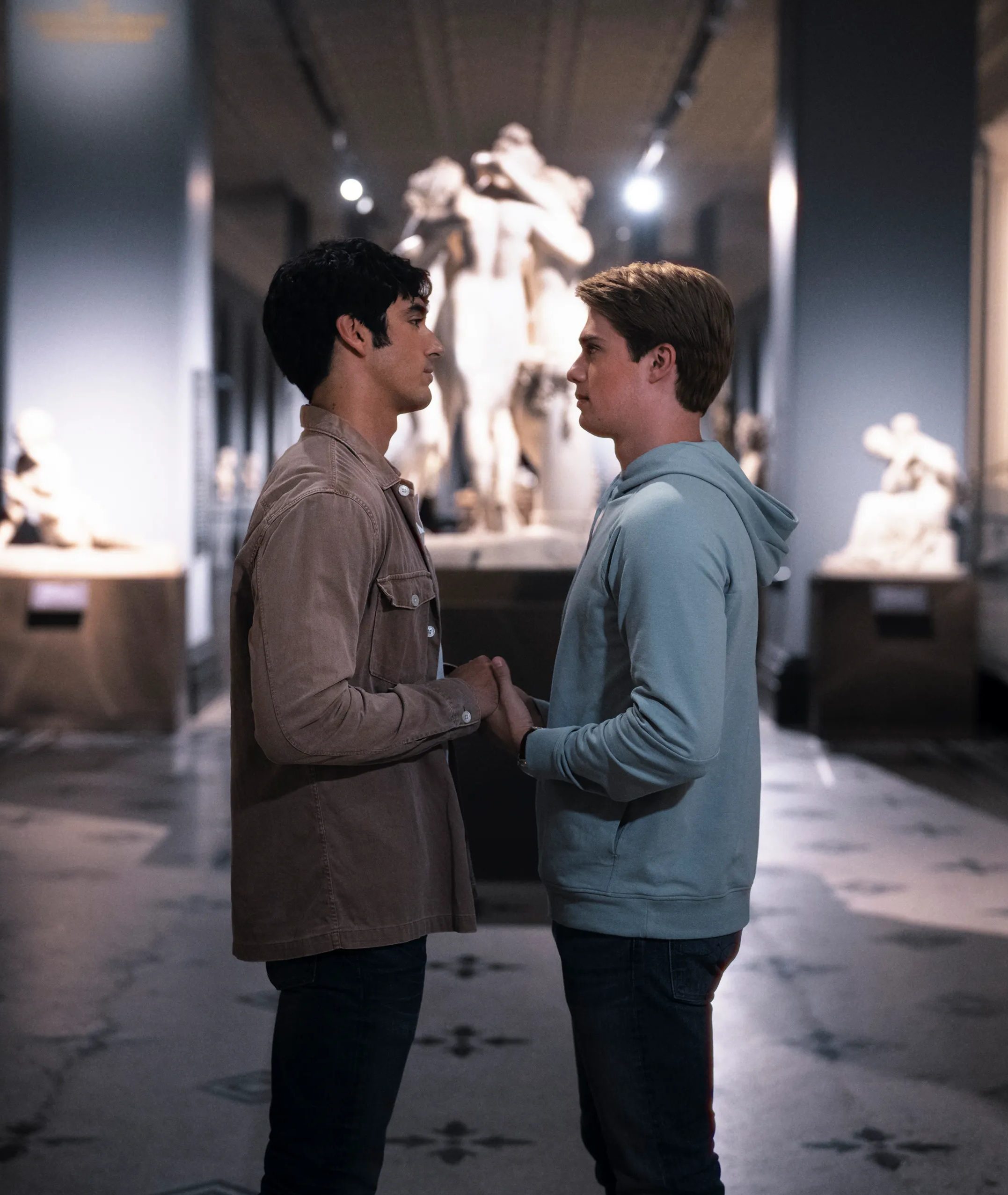

First, let’s get into what was changed. No adaptation is going to be able to capture every scene of the source material word for word, and that’s far from the goal of an adaptation, anyway. Book to film adaptations give directors and actors the freedom to interpret the source material in their own ways and give them the opportunity to create something familiar but new. In the case of Red, White & Royal Blue, many of the changes were made in relation to the British monarchy. Notably, the film changed the gender of the monarch from the queen of England, Henry’s grandmother, to the king of England (Stephen Fry). The King is also significantly less homophobic in the film in comparison to the book’s oppressive queen to avoid alluding to the late Queen Elizabeth II. More devout fans also noticed the film changed Henry’s last name. In the book, he tells Alex his full name is Henry George Edward James Fox-Mountchristen-Windsor but went by Wales in school, similar to the current British royal family’s Mountbatten-Windsor and Prince of Wales’ title. In the film, his name is changed to Henry George Edward James Hanover-Stuart-Fox. Lines from the book were also cut from Henry and Alex’s time in the V&A to reduce criticism of the current monarchy and focus on the romance between Alex and Henry rather than the political climate they live in.


Another major change in the film was the role of the antagonist. A combination and villainization of the book’s Congressman Rafael Luna and Alex’s high school friend Liam, Miguel (Juan Castano) served to take out some more of the political biases present in the book. Originally, the villain who outed Henry and Alex was Jeffrey Richards, President Ellen Claremont’s (Uma Thurman) Republican opponent in the presidential election. Richards has his campaign staffers dig into Alex’s email and stalk the couple and expose them, claiming that Alex’s mother, President Claremont, is unable to remain unbiased in international relations. Miguel’s personal vendetta against Alex in the film prevents further alienation of potential viewers and makes the theme of the film focus more on the drama of the relationship rather than political scandals.
While all these changes were made to seemingly prevent offending potential audience members, one heavily noted and discussed topic that López chose not to stray away from was the intimacy of Alex and Henry’s relationship. Many book fans who are well versed in the relationships between Alex and Henry have noted that they have sex just about every time they see each other. When Amazon Studios was first looking into Matthew López as a potential directing candidate, López made it a condition of his hire to include at least the Paris sex scene, a major moment that marks a turning point in Alex and Henry’s relationship and the first time they wake up next to one another. In the past few years, the number of films focusing on minority characters has continued to rise. However, in mainstream media, as if to cater to straight audiences, there remains a tendency to shy away from showing more intimate moments between queer couples, particularly sex scenes.
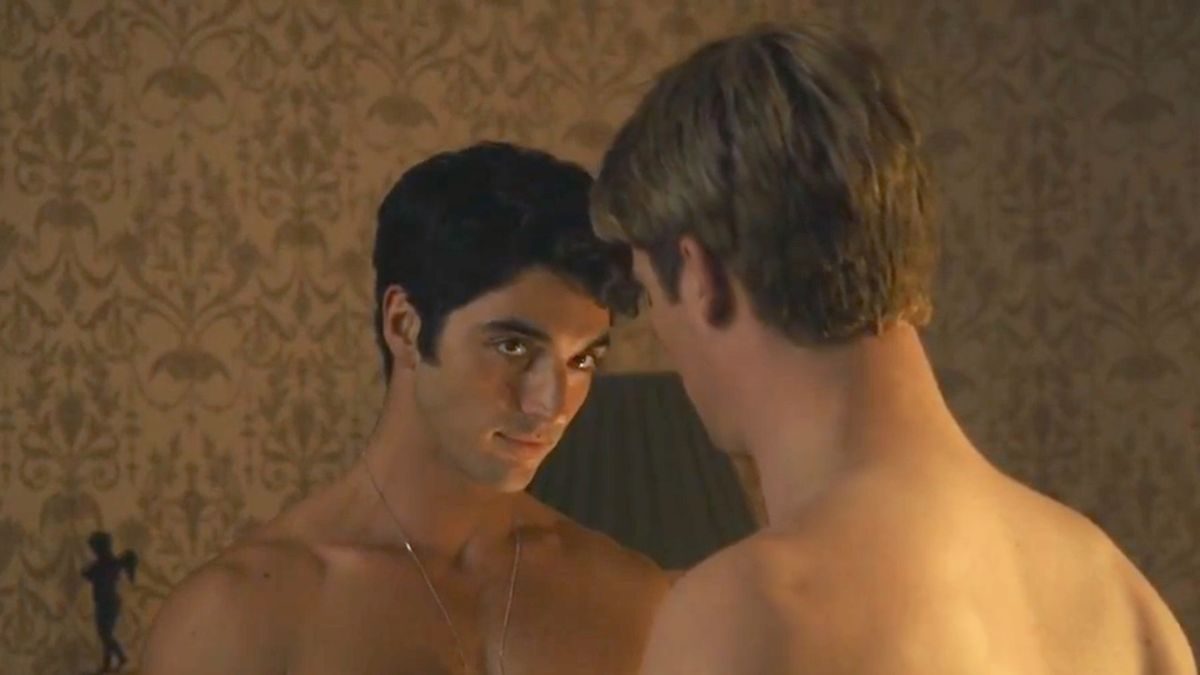

The scene was intentionally framed as a close shot, showing just Alex and Henry’s chests and faces as well as part of Henry’s legs. This was so that the emotion of the moment was captured between their facial expressions and the dialogue that passes between them. Not only did this scene provide the sentiment that many queer films lack, but it also managed to teach mainstream, heterosexual audience members how gay men have sex. Since the movie debuted, the internet has seen a host of viewers take to social media to discuss this particular scene and to proclaim with astonishment, “gay guys can do missionary?”
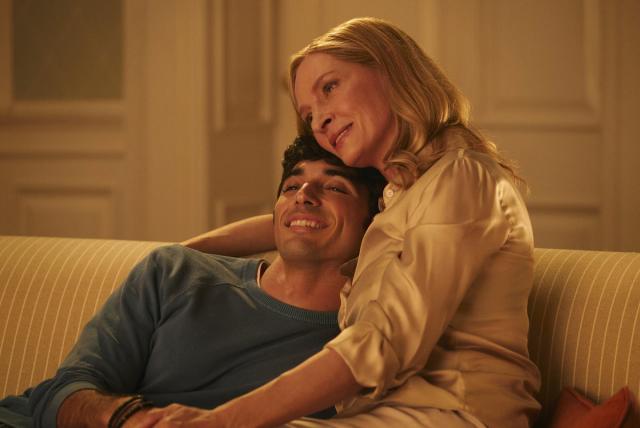

While the goal of the film is not to be strictly educational in nature, many of the conversations and scenes alluded to the reality of being a young queer person in modern society. The target audience for this film is evidently queer, and moments like the Paris scene and Alex’s discussion with his mom are an attempt to make a wildly unrelatable film about a prince and a first son more personable. Alex’s coming out speech, which is wildly different in the book, wraps the concept of relatability up nicely. Speaking as someone who was outed, he confronts the harmful idea that members of the community owe it to the world to share their identities and claims that everyone deserves the right of self determination as the fight for LGBTQ+ rights continues today.
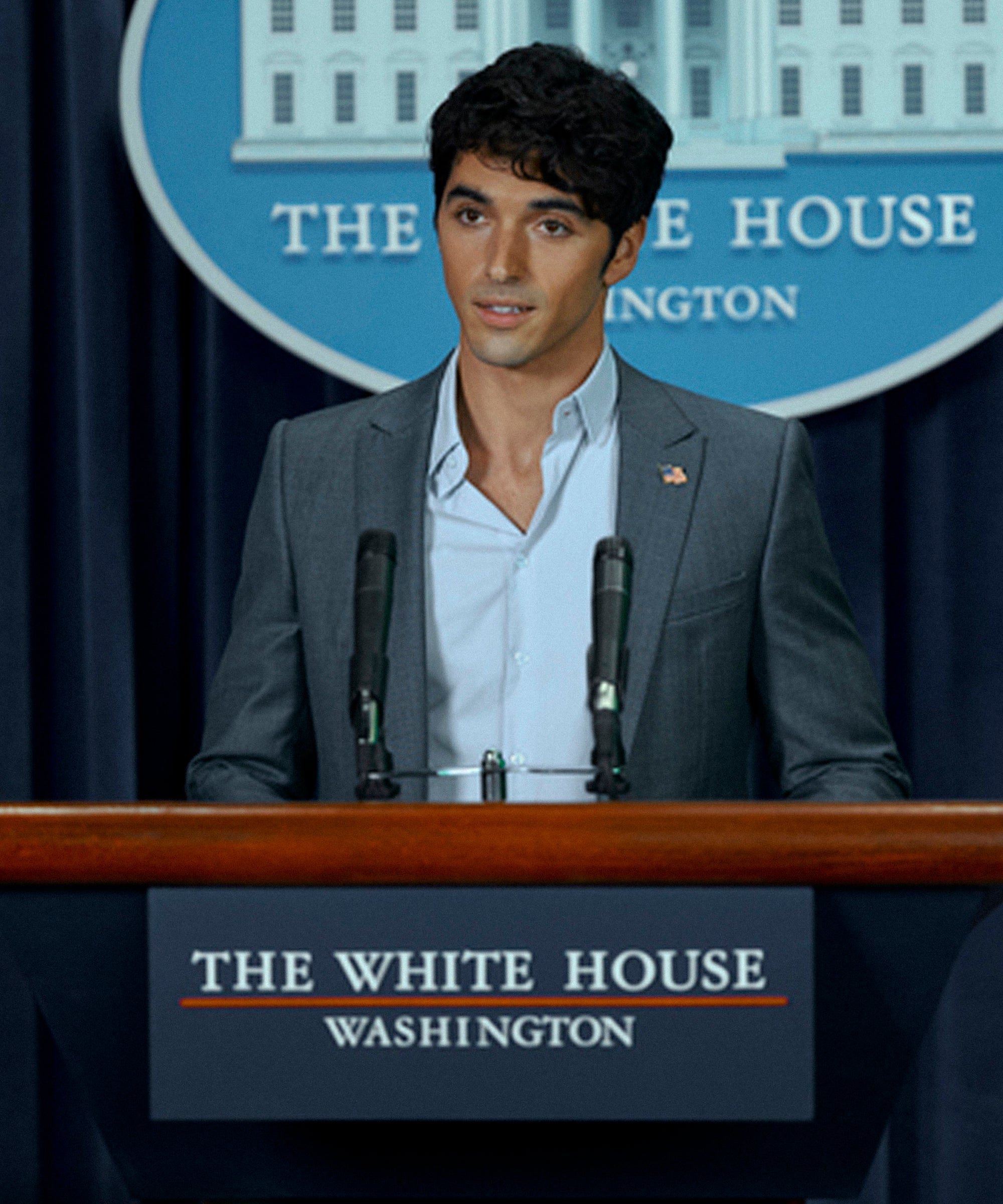

The truth is every queer person has the right to come out on their own terms, and on their own timeline. They also have the right to choose not to come out at all. The forced conformity of the closet can not be answered with the forced conformity in coming out of it.
This isn’t about shame. This is about privacy and the fundamental right of self-determination which are exactly the principles on which the struggle for queer liberation has always been fought.
While it differs considerably from the novel, with its positioning near the end of the film and intentionality of addressing the ongoing fight for social justice, Alex’s speech steps away from the light hearted romantic comedy to touch the audiences who have been glued to their screens for the past hour and a half to recognize that there are still issues in the world that need advocates.
Considering how sensitive the film chose to be regarding the British monarchy and American politics, López decided this film was not going to be a political drama, but rather a romantic comedy with a political backdrop. In recent years, the issue of representation has become increasingly prominent. While there has been an uptick in queer literature catering to the queerest generation yet, prompting Hollywood to progressively invest in more queer themed films, the amount of true representation has still been scarce. Still catering to a heteronormative audience, many queer media avoids more intimate scenes or makes sex all about the body rather than the connection between two people. Matthew López made it a priority to include accurate romantic scenes and common aspects of queer life, such as a parent-child conversation about safe gay sex, a topic that is rarely, if ever, discussed in mainstream media, allowing queer people to truly see their lives represented in more ways than one.
The whole film is wrapped up with Alex’s speech to the public after he and Henry are outed. While it is wildly different from the speech he gives in the book, it gives voice to the reality that the fight for LGBTQ+ rights is still ongoing. While diehard book fans will be upset that June and Luna got cut or moan about how Bea is supposed to be older than Henry, Matthew López’s film adaptation still managed to create a sweet rom-com about two men who love each other. With such a beloved book that means the world to many young queer people who have never seen themselves represented before, any adaptation will be a heavy challenge. The cast and crew stepped up and managed to create a film that captures that sweet romance and honest representation that Casey McQuiston first created. No adaptation will be able to follow the book page for page, but the Red, White & Royal Blue book and movie will definitely remain in the hearts of many and become comfort reads and watches in years to come.
